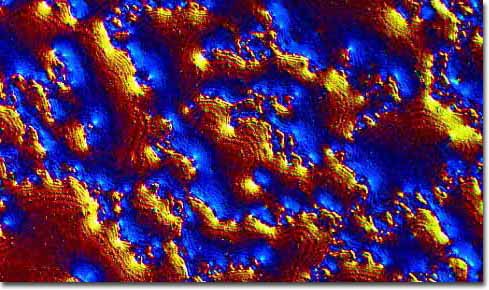|
An extremely unusual substance, C-60 is the roundest known molecule. Similar to other closed geodesic structures, the molecule contains the 12 pentagons that are necessary to transform a complex into a spheroid, as established by the Swiss mathematician and physicist Leonhard Euler in the 1700s. The rest of the molecule’s carbon atoms are arranged into 20 hexagons, which with the 12 pentagons, impart a soccerball-like shape to C-60. Although scientists have produced a wide array of fullerenes since the discovery of C-60, ranging from small “Buckybabies” comprised of only 32 carbon atoms to very large fullerenes with as many as 960 atoms of carbon, the shape of these molecules is significantly different, since when any carbon-based hexagons are added or detached, the molecule loses its roundness. Indeed, smaller fullerenes have been said to appear reminiscent of asteroids and larger fullerenes begin to take on the shape of a pentagon. Though the usefulness of such molecules is yet to be determined, the less round a fullerene appears, the less stable it is.
|
